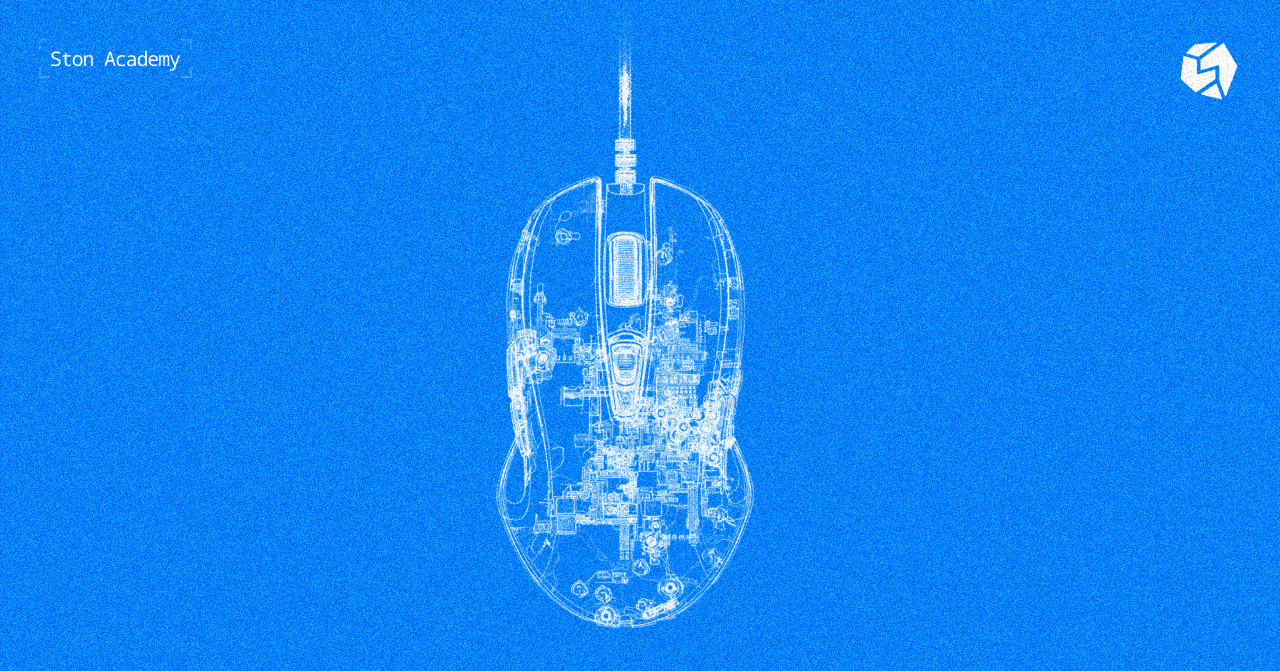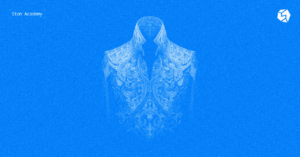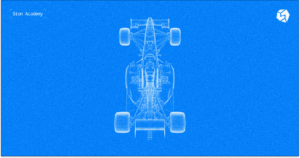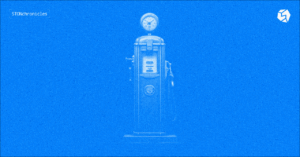
Here’s what Web3 gaming really is, why the first wave stumbled, and what’s changing now.
Web3 gaming promised ownership, transparency, and open economies—but early experiments mostly delivered token farms with clunky UX. Today, the space is maturing: gameplay is returning to center stage, while scalable blockchains like TON make on-chain gaming actually usable.
What Web3 gaming really means
Web3 gaming uses blockchain infrastructure to give players ownership over in-game assets, transparent economies, and sometimes even governance rights.
Unlike Web 2 titles, where items live on centralized servers, Web3 games store them as on-chain tokens or NFTs — making them portable, tradable, and provably scarce.
That’s the theory. In practice, early “Play-to-Earn” (P2E) projects turned into speculative loops: users played for token rewards, not for fun. When token prices dropped, the player base evaporated.
The Web3 layer added value ownership, but too often removed entertainment.
Why early Web3 games fell short
- Gameplay took a back seat. Many projects prioritized tokenomics over storytelling or design. Players farmed instead of playing.
- Complex onboarding. Setting up wallets, buying tokens, and understanding gas fees scared off mainstream gamers.
- Poor scalability. Most blockchains couldn’t handle the transaction load of real-time games without lag.
- Security gaps. Smart-contract exploits and wallet scams undermined trust.
- No shared standards. Assets were rarely interoperable between games, despite promises of “metaverse-wide” utility.
Each of these pain points made the “Web3” label sound like friction, not freedom.
The potential Web3 still holds
Despite the rocky start, the fundamentals remain powerful. A decentralized game can combine multiple technologies that redefine what “play” means.
1. Real ownership
Blockchain lets players truly own skins, items, or characters as on-chain assets. You can keep, sell, or lend them—even if the game studio closes.
NFT standards make ownership portable, traceable, and secure.
2. Player participation
Decentralization enables players to shape development through DAOs or mod-style asset creation. Voting on updates, contributing art, or building mini-worlds can all become rewarded in-game activities.
3. Interoperability
If assets follow open standards, they can move between games—or at least between marketplaces. A sword from one world could appear as a decorative relic in another, retaining metadata and history.
4. On-chain economies
Web3 allows in-game currencies to function as liquid crypto assets, governed transparently by smart contracts. Markets can emerge organically between players, without relying on centralized auction houses.
5. Integration with emerging tech
AI-driven NPCs, VR environments, and procedural world-building combine naturally with blockchain. Together they can create dynamic, persistent universes where every object has both story and value.
Where TON changes the equation
The TON blockchain, originally designed for high-throughput consumer apps, solves several early blockers that held Web3 gaming back.
- Speed and scalability. TON processes transactions in seconds, not minutes, supporting real-time interactions and microtransactions inside games.
- Low fees. Gas costs are tiny—crucial for frequent in-game actions like crafting or trading.
- Native wallets. Telegram-integrated TON Wallet lowers the onboarding barrier: players can log in and transact without separate extensions or seed-phrase headaches.
- TON Play ecosystem. Developers can deploy browser-based or Telegram-embedded games that use Toncoin or in-game tokens seamlessly, reaching users where they already are.
- NFT standards (TON DNS, TON NFT). These make it easier to tokenize in-game assets with simple minting and fast transfers.
Together, these features make TON one of the first blockchains where Web3 gaming can feel like Web2 in speed, but with Web3’s benefits.
What still needs work
Even on TON, true mass-market Web3 gaming faces hurdles:
- Game design balance. Tokens should enhance gameplay, not dominate it.
- Cross-game standards. Without consistent metadata formats, interoperability remains theory.
- Regulation and UX clarity. Players need clear guidance on asset custody and risks.
- Developer funding. Building AAA-quality games requires partnerships and long-term economics, not short-term token emissions.
These challenges are being addressed gradually as the community matures and tools improve.
The new model: play and ownership, not play-to-earn
The next generation of Web3 titles avoids speculative loops. Instead of “Play-to-Earn,” the trend is “Play-and-Own”: earn items through gameplay, but value them for utility and community, not cash flow.
Players become co-creators, not yield farmers. Rewards are durable—skins, collectibles, badges—not inflationary tokens.
This shift mirrors the broader DeFi → DeGame movement: building sustainable ecosystems where fun is the primary loop and blockchain simply guarantees fairness and permanence.
Key takeaways
Web3 gaming isn’t just about tokens—it’s about ownership, interoperability, and community-driven worlds.
Early hype cycles taught painful lessons, but modern blockchains like TON finally offer the speed, UX, and scalability to make blockchain gaming feel natural.
The next wave won’t replace fun with finance; it will merge creativity, fairness, and true digital property rights into games that last.





